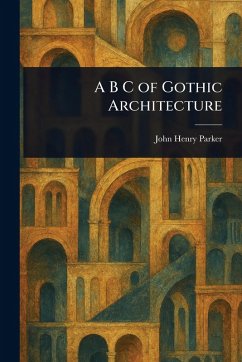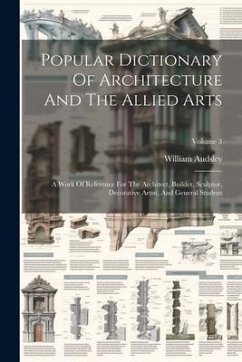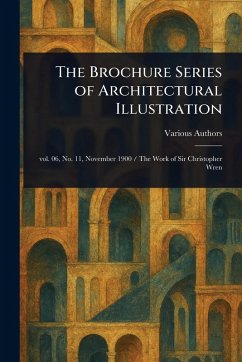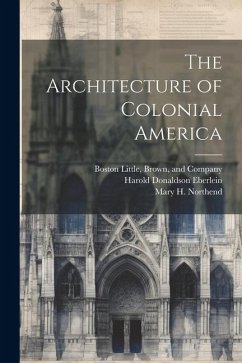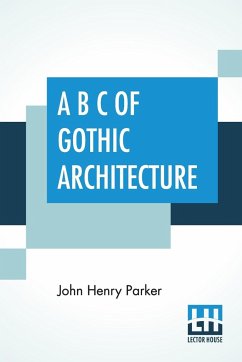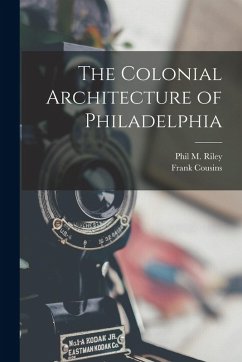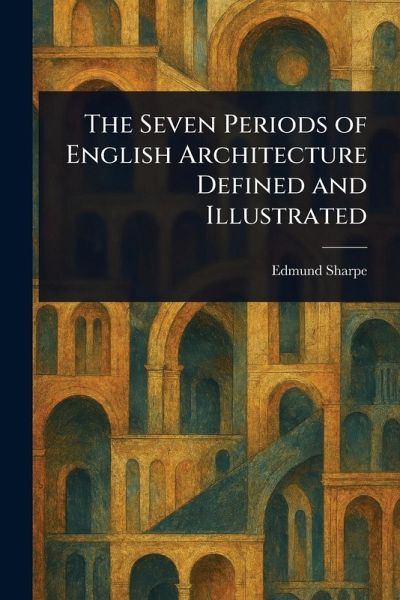
The Seven Periods of English Architecture Defined and Illustrated
Versandkostenfrei!
Versandfertig in über 4 Wochen
17,99 €
inkl. MwSt.
Weitere Ausgaben:

PAYBACK Punkte
9 °P sammeln!
Explore the evolution of English architecture with Edmund Sharpe's "The Seven Periods of English Architecture: Defined and Illustrated." This meticulously prepared edition offers a detailed historical overview of distinct architectural periods in England, tracing the development of building styles and their defining characteristics. Sharpe's work provides a comprehensive reference for understanding the key phases in English architectural history, from early Gothic influences to later innovations. Whether you are a student of architectural history, a practicing architect, or simply an enthusias...
Explore the evolution of English architecture with Edmund Sharpe's "The Seven Periods of English Architecture: Defined and Illustrated." This meticulously prepared edition offers a detailed historical overview of distinct architectural periods in England, tracing the development of building styles and their defining characteristics. Sharpe's work provides a comprehensive reference for understanding the key phases in English architectural history, from early Gothic influences to later innovations. Whether you are a student of architectural history, a practicing architect, or simply an enthusiast of English buildings, this volume offers valuable insights. Delve into the nuances of each period, examining the features that distinguish them and their place in the broader context of architectural development. This book serves as an enduring resource, shedding light on the rich tapestry of England's architectural heritage. This work has been selected by scholars as being culturally important, and is part of the knowledge base of civilization as we know it. This work is in the public domain in the United States of America, and possibly other nations. Within the United States, you may freely copy and distribute this work, as no entity (individual or corporate) has a copyright on the body of the work. Scholars believe, and we concur, that this work is important enough to be preserved, reproduced, and made generally available to the public. We appreciate your support of the preservation process, and thank you for being an important part of keeping this knowledge alive and relevant.






